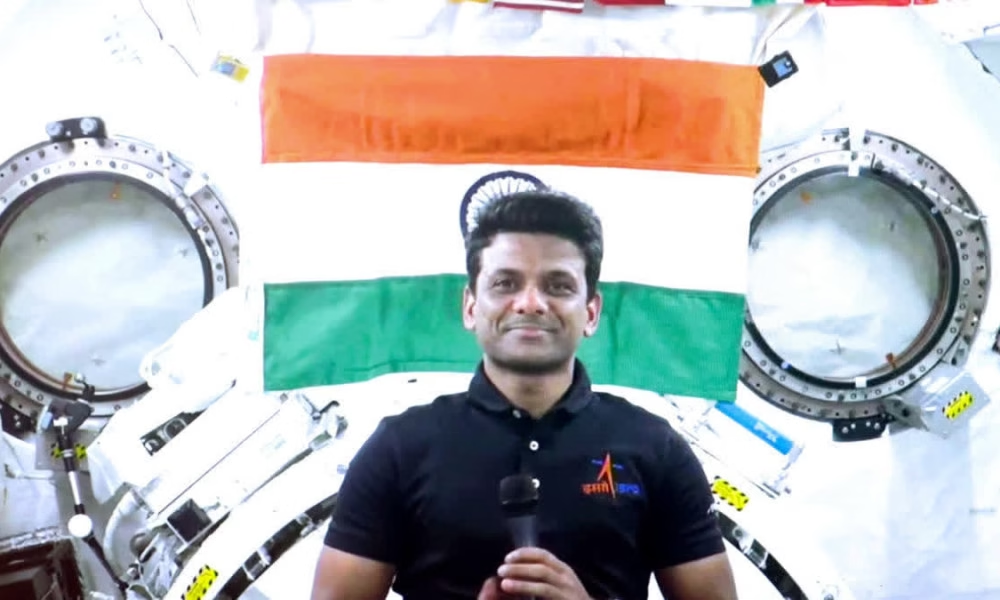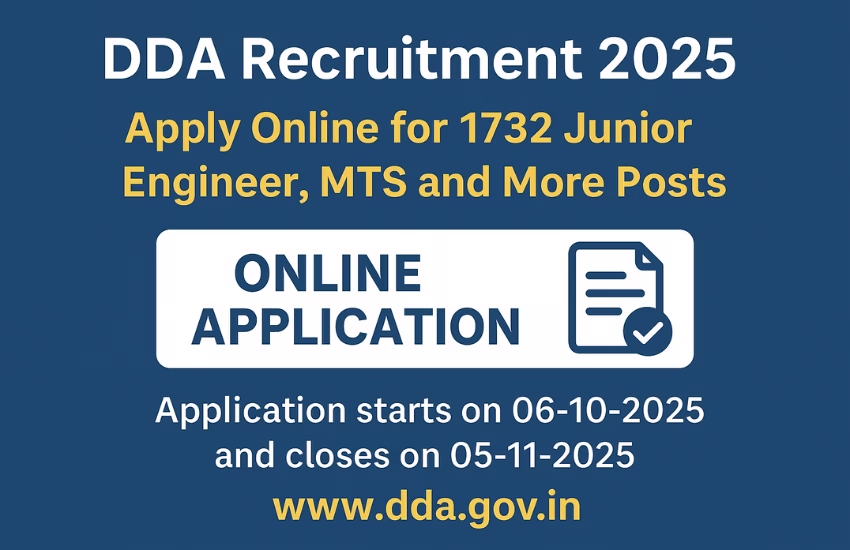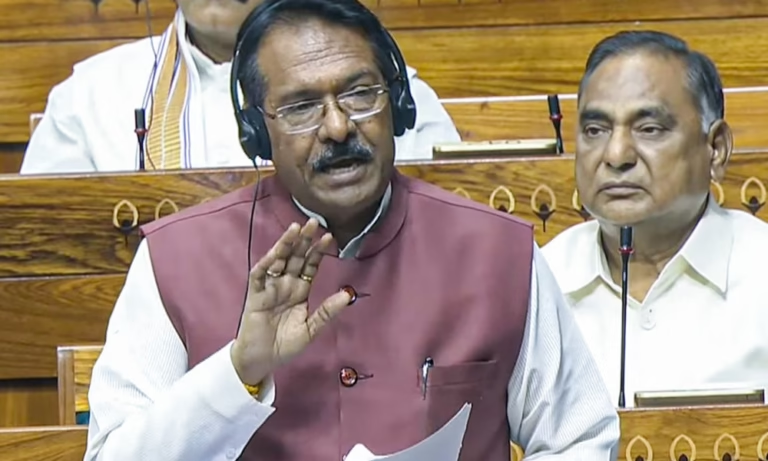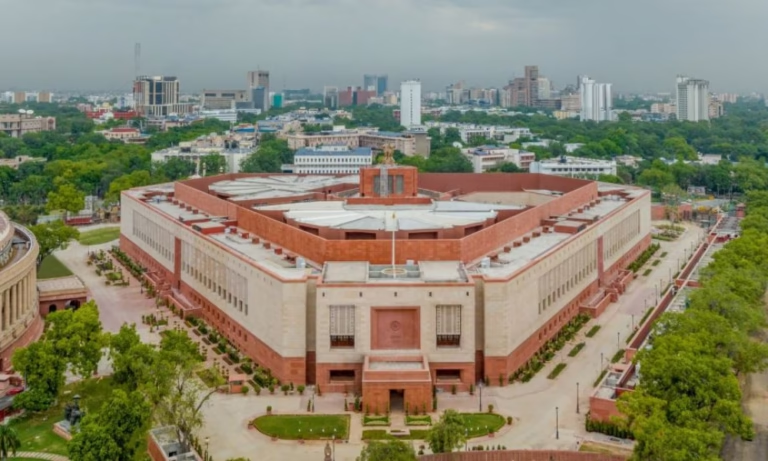
NASA has confirmed that astronaut Shubhanshu Shukla and his three crewmates from the Axiom-4 mission will return to Earth on July 14. The announcement came during a press briefing for the upcoming Crew-11 mission, highlighting the upcoming undocking after the high beta period.
Steve Stitch, NASA Commercial Crew Program Manager, stated, “We are working with the station program, watching the Axiom-4 progress carefully. The current target to undock is July 14.” This marks the end of an extraordinary journey for Shukla and his team.
The Axiom-4 mission launched from Florida’s Kennedy Space Center on June 25 and successfully docked at the International Space Station (ISS) a day later. The crew spent nearly two weeks aboard the ISS, where they witnessed 230 sunrises and traveled an astonishing 96.5 lakh kilometers.
A “high beta period” played a crucial role in scheduling their return. This term refers to when the ISS experiences prolonged exposure to sunlight due to its orbital angle. NASA must carefully manage thermal conditions during these phases to prevent overheating.
Shubhanshu Shukla and his fellow crew members—Peggy Whitson, Slawosz Uznanski-Wisniewski, and Tibor Kapu—had a packed schedule. The Ax-4 mission conducted over 60 experiments, the most ever on a private astronaut mission. Research spanned biomedical science, neuroscience, agriculture, and space technology, with potential breakthroughs in diabetes management and cancer treatments.
Beyond science, Shukla made time to connect with Earth. He spoke with Prime Minister Narendra Modi, engaged with ISRO scientists, and even chatted with school students via a live session. Using HAM radio, he bridged the gap between space and Indian research centers.
Between experiments, the crew enjoyed rare downtime, capturing breathtaking views of Earth and communicating with loved ones. These moments provided a brief respite from their demanding routine.
The Axiom-4 mission highlights how private spaceflight is expanding microgravity research. Each experiment brings humanity closer to long-term habitation in low-Earth orbit—and eventually, deeper space exploration. As undocking day approaches, anticipation builds for the crew’s safe return and the scientific insights they bring home.











